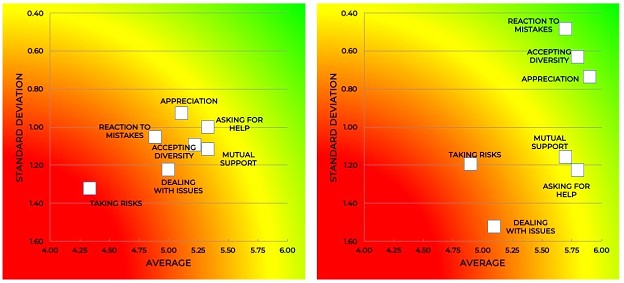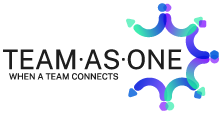Since Google published the conclusions of the internal Aristotle research project – on what makes the difference between high-performance teams and others – end 2015 [1], Amy Edmondson and team psychological safety have become (nearly) mainstream celebrities !
Many have jumped on the bandwagon and joined the buzz writing, advising and talking about psychological safety. And in doing so, many have blurred what team psychological safety is and is not. It is probably useful to go back to some basics.
The first mistake often made is in fact in the preceding paragraph. Psychological safety is thrown around as if it is applicable to everything. I read about psychologically safety in church congregations, as an organizational cultural value, or even at the level of a country!
Kurt Lewin used to say that “Nothing is as practical as a good theory” [2] but it seems we easily forget that. The concept of psychological safety has been studied and validated at two levels: that of the individual and that of the team. William Kahn developed the concept of psychological safety from the point of view of the individual when actively interacting with other individuals in a group [3]. Amy Edmondson then developed this individual viewpoint into a team construct, namely “a shared belief held by members of a team that the team is safe for interpersonal risk taking” [4].
This means that an individual who is a member of more than one team (as happens often) can feel a very different level of psychological safety in these different teams. And the level of team psychological safety can be very different in teams that are part of the same organization.
I have observed the latter when measuring the level of team psychological safety in different teams within the same organization. The graph shows the result of two teams, using a 7-point Likert scale for the statements of Edmondson’s original research [4]. Each statement (summarized in a short description of the behavior) is plotted with its average (higher is better: team members assess the team as safe for this behavior) and standard deviation (lower is better: team members have a shared – as opposed to diverging – understanding of the degree of safety for the behavior).

There are clear differences between these two teams in the same organization: this is linked to how the individuals working in each team interact with one another. This is consistent to what Edmondson writes: “The data are consistent: psychological safety seems to “live” at the level of the group. In other words, in the organization where you work, it’s likely that different groups have different interpersonal experiences; in some, it may be easy to speak up and bring your full self to work. In others, speaking up might be experienced as a last resort.” [5]
So what is this organization’s level of psychological safety? Is it the average of all the teams? Or the extremes? Referring to an overall level of psychological safety makes no sense. Psychological safety has been validated either as the view of an individual when interacting with other individuals in a group [3] or as the view of the team as a whole that and its shared understanding of the level of safety in interacting with others in the team [4].
Although it may sound tempting to consider psychological safety as a target or culture organizations should strive for, there is no definition nor validated theory that covers this !
Building psychological safety happens one team at a time! There are no shortcuts.
Peter Cauwelier, PhD
TEAM.AS.ONE
2022
- Rozovsky, J. Project Aristotle. 2015; Available: https://rework.withgoogle.com.
- Greenwood, D. J., & Levin, M. (1998). Introduction to action research: Social research for social change. Thousand Oaks, CA: Sage.
- Kahn, William A. (1990). Psychological Conditions of Personal Engagement and Disengagement at Work. The Academy of Management Journal, 33(4), 692-724.
- Edmondson, Amy C. (1999). Psychological safety and learning behavior in work teams. Administrative Science Quarterly, 44(2), 350-383.
- Edmondson, Amy C. (2018). The Fearless Organization: Creating Psychological Safety in the Workplace for Learning, Innovation, and Growth: Wiley.

